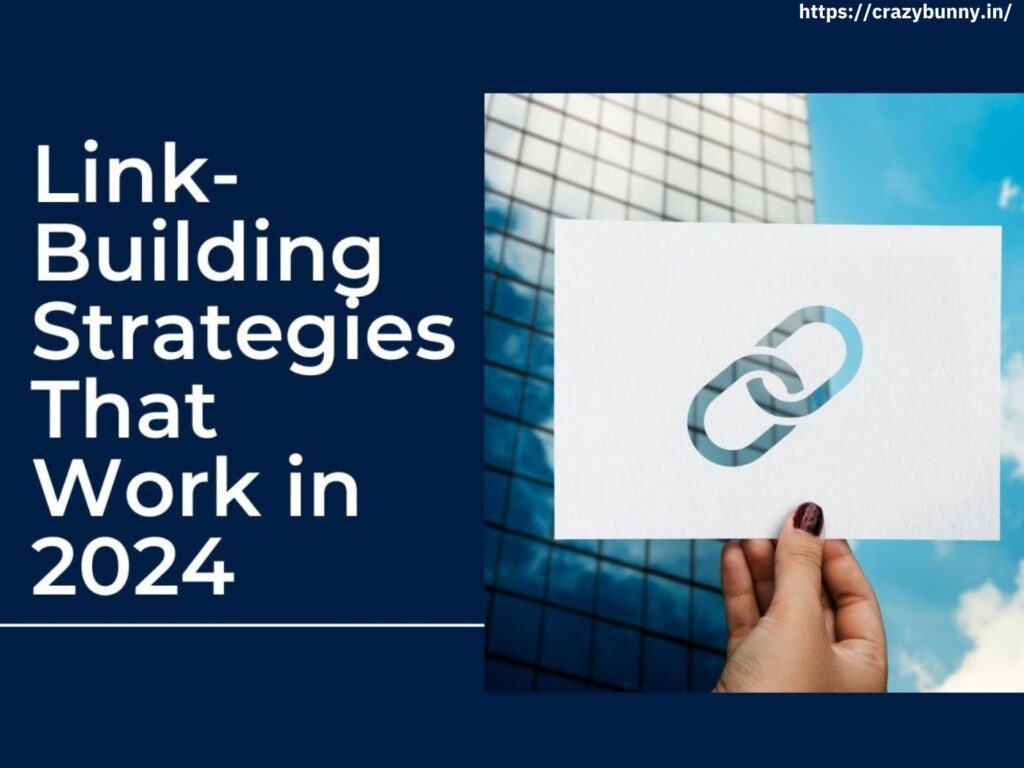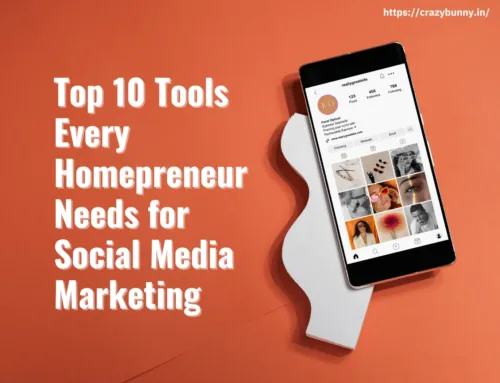
Link-building is still one of the best ways to improve your website’s search rankings in 2024. However, as search engines focus more on quality, the link-building methods that used to work need an upgrade. Today, the focus is on earning quality links that bring value to users. Let’s explore the most effective link-building strategies for this year, inspired by the insights shared in this LinkedIn post by Pratibha Sahani.
Also, let’s first learn what is link building and how it changes your SEO game.
What is Link-Building?
Link-building is the process of getting other websites to link back to your own. These links, often called “backlinks,” act as votes of confidence in the eyes of search engines like Google. When reputable websites link to your content, search engines interpret this as a signal that your site offers valuable information. This improves your rankings, visibility, and ultimately, your traffic.
1. Creating High-Quality, Useful Content
The best way to attract links is to create content that genuinely helps people. Whether through guides, research articles, or how-to content, when your content is informative and helpful, other websites are more likely to link to it.
Tip: Use tools like Ahrefs or SEMrush to find popular topics in your industry. Then, write in-depth articles that answer questions and provide value to readers. This type of content is more likely to be shared and linked to by other sites.
2. Building Relationships with Digital PR and Outreach
Digital PR (public relations) can help you connect with journalists, bloggers, and influencers who may link to your content. A single mention from a well-known site can add authority to your website. Building connections through outreach and sharing unique insights can lead to quality links.
Tip: Focus on developing relationships with journalists or bloggers who cover topics in your industry. Reach out with data, tips, or stories they can use, giving them a reason to link back to your website.
3. Contributing Guest Posts on Reputable Sites
Guest posting on reputable sites is still a great way to build links and share your knowledge with new audiences. Contributing articles to respected sites in your industry allows you to get quality backlinks and show your expertise.
Tip: Aim for industry-related sites with a good reputation. When writing guest posts, be sure your content is valuable, answers specific questions, and includes your link naturally, without being overly promotional.
4. Using AI Tools and Data to Find Link Opportunities
AI tools can analyze competitors’ backlink profiles and highlight patterns that may help you build links. AI-powered platforms like Ahrefs and SEMrush show which sites link to competitors, providing ideas for where you can earn links.
Tip: Use AI-driven tools to identify high-quality sites and link opportunities. AI can also help you personalize your outreach emails, making it easier to connect with potential link sources.
5. Broken Link-Building
Broken link-building is a smart approach where you find broken (inactive) links on other sites and suggest your content as a replacement. This approach helps the other site fix an error, and you gain a quality link in return.
Tip: Use tools like Ahrefs to identify broken links on sites in your field. Reach out to the site’s contact person, offering your relevant content as a replacement for the broken link.
6. Creating Visual Content for More Links
Visual content like infographics, videos, and charts can attract more links because it’s easy for people to share and use. Visuals make complex information easier to understand, so people often cite them in their own content.
Tip: Create infographics or short videos that cover key industry topics. Post these on your website with embed codes, making it easy for others to share and link back to your content.
7. Using LinkedIn and Social Media
LinkedIn is an excellent platform for link-building. Sharing useful insights and engaging with industry peers can lead to more connections and organic links. LinkedIn can be a powerful tool for growing your authority and gaining backlinks.
Tip: Regularly share high-quality content on LinkedIn. Join discussions on industry topics and offer valuable insights. This exposure can attract links from people who find value in your content.
Conclusion
The best link-building strategies in 2024 focus on quality, usefulness, and relevance. By creating valuable content, building connections through PR, using AI tools, and sharing on LinkedIn, your link-building efforts can boost your website’s reputation and visibility. Following these strategies will help your website rank well while staying relevant in an ever-changing digital world.
As with all SEO strategies, patience and consistency are key. Effective link-building is a gradual process, but by focusing on the strategies outlined here, you’re setting your site up for lasting success. Prioritizing genuine connections and aiming for quality over quantity will help ensure your website remains competitive and relevant in an ever-evolving digital landscape.




